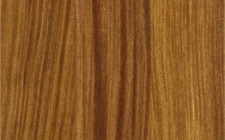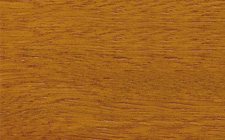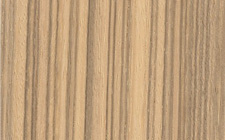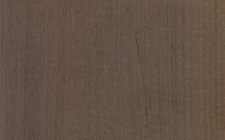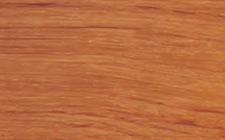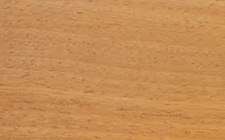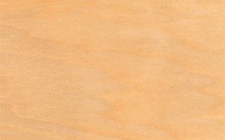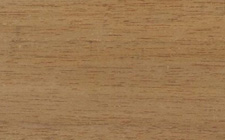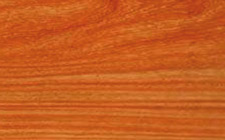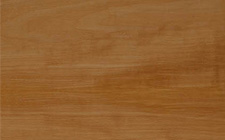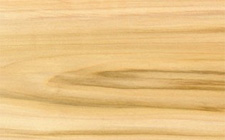Acacia
Botanical name
Robinia pseudoacacia
Origin
Europa
Other names
Falsche Akazie, Robinia, Robinier, False Acacia, Black Locust, Robinie

Notes
Coming from East of USA, ROBINIA was introduced in Europe by Jean ROBIN in the 17th century. ROBINIA is frequently called "Acacia" which is source of mistake. The name "Acacia" must be used only for woods of the "Acacia" genus (tropical species). Some of them, coming from plantations are arriving on the European market today (i.e. ACACIA MANGIUM, cf. corresponding sheet).
WOOD DESCRIPTION
| Color: |
yellow brown |
| Sapwood: |
clearly demarcated |
| Texture: |
coarse |
| Grain: |
straight |
| Interlocked grain: |
absent |
| Note: |
Yellow to greenish yellow when freshly cut, heartwood comes darker and rapidly takes a golden brown shade sometimes quite dark. |
PHYSICAL, MECHANICAL AND ACOUSTIC PROPERTIES
|
(*: at 12% moisture content, with 1 MPa = 1 N/mm²)
|
||||||||||||||||||||||||||||||||||||||||
NATURAL DURABILITY AND TREATABILITY
| Funghi (according to E.N. standards): |
class 1-2 - very durable to durable |
| Dry wood borers: |
durable - sapwood demarcated (risk limited to sapwood) |
| Termites (according to E.N. standards): |
class D - durable |
| Treatability (according to E.N. standards): |
class 4 - not permeable |
| Use class ensured by natural durability: |
class 4 - in ground or fresh water contact |
| Species covering the use class 5: |
No |
| Note: |
This species is listed in the European standard NF EN 350-2. It is the only temperate hardwood introduced in Europe which naturally covers the use class 4. According to the European standard NF EN 335, performance length might be modified by the intensity of end-use exposition. |
SAWING, MACHINING AND ASSEMBLING
| Blunting effect: |
normal |
| Sawteeth recommended: |
stellite-tipped |
| Cutting tools: |
tungsten carbide |
| Peeling: |
good |
| Slicing: |
nood |
| Note: | ROBINIA wood has a good aptitude for bending. |
| Nailing / screwing: |
good but pre-boring necessary |
| Gluing: |
correct |
| Note: |
Tends to split. |


